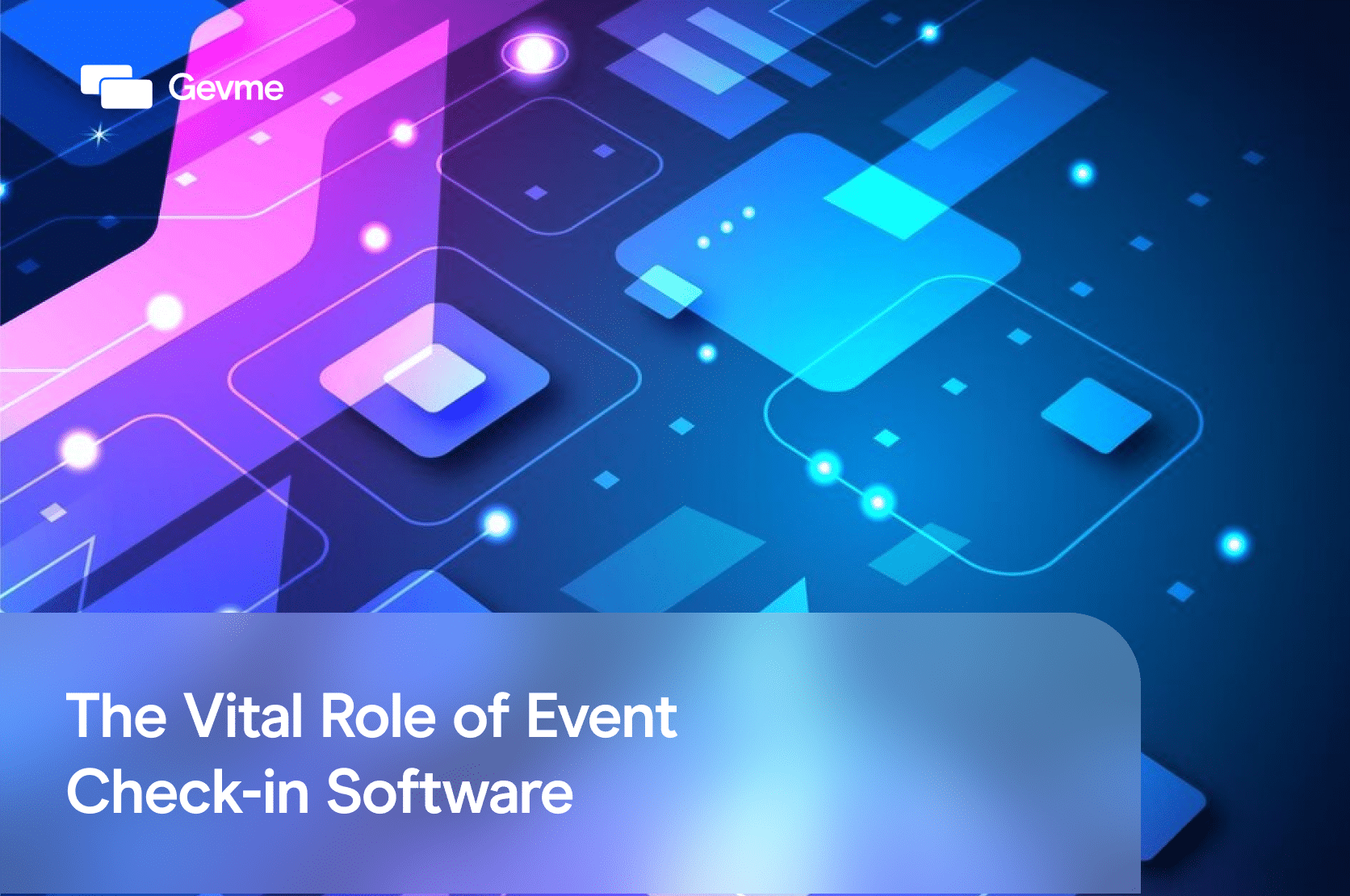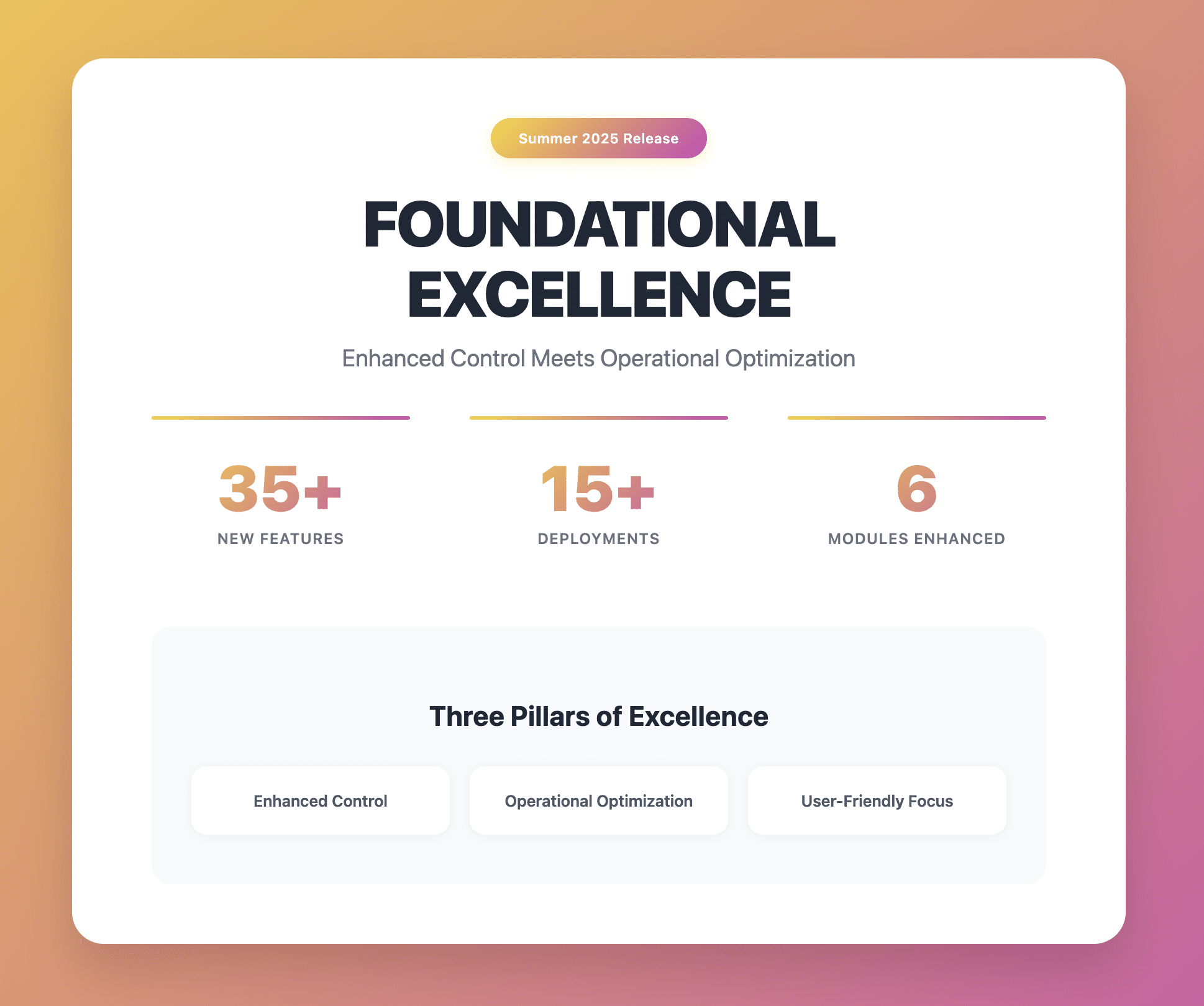Event check-in stands as a pivotal moment in any event’s journey, for it marks the attendees’ first on-site interaction with your event. A seamless and efficient check-in process can leave a lasting positive impression, bolster attendance rates, and elevate the overall event experience. Conversely, a sluggish and disorganized check-in can create a negative impression, lead to reduced attendance, and tarnish your event’s reputation.
Hence, it is essential to harness the capabilities of an event check-in software solution that empowers you to manage and optimize this crucial aspect of event execution. Event check-in software offers a comprehensive toolkit to facilitate swift and hassle-free attendee check-in, leveraging various methods and devices such as QR codes, barcodes, smartphones, tablets, and more. Beyond streamlining the check-in process, this software equips you with the tools to collect and analyze valuable data, generating insightful reports that gauge your event’s performance and impact.

In this blog post, we are going to explore the indispensable role that event check-in software plays in orchestrating and overseeing successful events.
The Types of Event Check-In Software on the Market
On the market today, a variety of event check-in software solutions are accessible, each with distinctive features catering to different needs. Depending on your event’s size, nature, or budget, you may find one type more suitable than others. Among the commonly available types are:
- Cloud-based event check-in software: This category of software is hosted on remote servers and is accessible over the internet. The benefits of cloud-based solutions include scalability, flexibility, accessibility, and cost-effectiveness. They allow for use across different devices and locations, with payment models typically based on usage. However, these solutions may also bring challenges, such as reliance on a stable internet connection and potential concerns over data security and privacy.
- On-premise event check-in software: On-premise software is installed and operated on your organization’s own servers and infrastructure. The advantages include greater control, the ability to customize, and enhanced data security and privacy. On-premise solutions enable you to manage the software to fit your specific requirements and secure your data from external threats. Nevertheless, these systems may introduce challenges such as higher initial costs, ongoing maintenance requirements, and the necessity for regular updates.
- Hybrid event check-in software: Hybrid software combines elements of both cloud-based and on-premise solutions, providing a balanced mix of features. With a hybrid approach, you can leverage the cloud’s scalability and accessibility while retaining the control and security benefits of on-premise solutions. This can result in having the best of both types of software. However, managing and maintaining a hybrid system may demand additional resources and expertise due to the complexity of operating two distinct types of infrastructure.
Key Considerations for Selecting Event Check-In Software
Navigating through the myriad of event check-in software options can be daunting, but making the right choice is crucial for the success of your event. To streamline the selection process, it’s important to focus on a set of pivotal considerations that can guide you to the ideal solution for your unique event requirements. Below are the crucial factors to weigh in on when picking out the best event check-in software:
- Nature of the Event: The specific characteristics of your event should directly influence the check-in solution you opt for. For instance, when pondering, “What is a QR code for event check-in?” you should understand how its quick-scanning feature aligns with your event, whether it’s a workshop, a major conference, or an international expo. The complexity of your event will dictate the sophistication required in your check-in system. Whether it’s a mobile check-in process, integrated badge printing capabilities, or using QR codes, aligning the software’s features with the essence of your event is key.
- Scale of Attendance: Anticipated attendee numbers have a direct correlation with the robustness needed in check-in software. Large events demand high-performance systems that can handle volume without hiccups, while smaller gatherings may benefit from simpler, more cost-effective solutions. Assessing the number of check-in stations needed and the potential for attendee bottlenecks will help you determine the efficiency required from the software.
- Budget Constraints: Financial resources earmarked for event check-in software must be judiciously allocated. The software should deliver value for money without compromising on essential features. This entails a careful evaluation of the software’s cost against the expected revenue generation from the event and a consideration of the long-term benefits, such as data analytics and lead retrieval capabilities, which can offer insights to justify the investment.
- Team Proficiency: The ease with which your event team can navigate the software plays a pivotal role in its selection. Assess the technological proficiency of the personnel involved in the check-in process. The software should offer an intuitive interface, coupled with customization options that conform to the skill levels of your team members, ensuring they can manage the system effectively with minimal training.
Advantages of Implementing Event Check-In Software
Leveraging event check-in software can lead to a host of improvements in how you manage your gatherings. Such tools can significantly enhance your event by offering:
- Time and Resource Efficiency: Implementing this software streamlines the check-in process, dramatically reducing the time it takes to welcome attendees. This acceleration not only improves the attendee experience but also slashes operational costs. By transitioning to a digital format, you also reduce the reliance on physical tickets and badges, contributing to cost savings and environmental sustainability.
- Enhanced Attendee Influx and Contentment: A seamless check-in process is a magnet for attendees, potentially boosting participation rates. By removing the friction from the entry process, guests start their event experience on a high note, increasing overall event satisfaction and the likelihood they will return for future events.
- Fortified Event Security and Adherence to Regulations: A robust event check-in software strengthens the integrity of your event by incorporating features such as identity verification and ticket validation. This ensures that only authorized attendees gain entry, thereby upholding security protocols and regulatory compliance.
- Brand and Community Development: A customized check-in process, which reflects your brand’s image and values, leaves a lasting positive impression on attendees, thereby enhancing your brand’s prestige. Additionally, fostering a sense of community through efficient event entry encourages networking and social sharing among participants, extending the reach of your brand.
Essential Features of an Effective Event Registration Software
When scouting for event check-in software, there are fundamental features and functionalities that are essential for an efficient process, regardless of the event’s nature, size, or budgetary constraints. Some key components include:
- A mobile or web-based check-in application: A robust app should facilitate the check-in process with the ability to scan QR codes or barcodes from tickets or confirmation emails. It’s important to seek out a system that offers flexibility, such as offline capabilities, support for multiple devices, and user profiles. The app should also ensure a dependable and swift connection that can process check-ins smoothly without errors or delays.
- Self-service kiosk or tablet functionality: A system that allows attendees to self-check-in via a kiosk or tablet can significantly streamline the process. This feature should come with a user-friendly interface, possibly including a touchscreen, keyboard, and camera, to guide attendees through the process efficiently.
- On-demand badge printing: The ability to print badges on-site through integration with your check-in system can improve the flow and personalization of the event. Look for options that provide various badge designs, sizes, and color choices, as well as a printer that delivers high-quality, durable badges suitable for the event’s duration.
- Comprehensive data collection and analysis: An effective event check-in software should offer robust data analytics capabilities, including real-time data collection, a range of reporting tools, and the ability to produce actionable insights. Such features should present data through various visualizations like metrics, charts, and dashboards, supporting event performance monitoring and facilitating post-event analysis to guide future event strategies.
Seamless Integration for a Holistic Event Management Solution
In the intricate web of event management, the synergy between different tools and systems can be a game-changer. When discussing the selection of event check-in software, it’s important to highlight its seamless integration capabilities.
- Why does it matter? Event management encompasses various aspects, from registration and ticketing to marketing and analytics. A cohesive event management solution that integrates all these components streamlines operations and enhances efficiency. Event check-in software that seamlessly meshes with other systems means that you can automate a multitude of tasks. This includes sending timely event reminders, tracking attendance metrics, and crunching post-event feedback data.
- The benefits of a holistic approach: The benefits are twofold—time and insight. You save precious time and resources by automating tasks that would otherwise be manual and time-consuming. Moreover, you gain a comprehensive view of your event’s performance, as all data is centralized. This empowers you to make informed, data-driven decisions for future events and ensures a consistent, cohesive experience for your attendees.
The Best Practices for Using an Event Check-In Software
To ensure the event check-in software is utilized to its full potential and your event check-in process is as efficient as possible, certain practices should be adhered to. These include:
- Preparation is key: It’s crucial to set up all the necessary elements for your event check-in in advance, including the check-in app, kiosk, tablet, printer, and other devices. Conduct thorough testing and address any potential issues with the software or devices before the event to ensure a smooth operation on the day.
- Staff training: Ensure that your staff and volunteers are well-trained and familiar with the event check-in software. They should be clear on their roles and responsibilities and equipped with the knowledge to utilize the software and devices effectively.
- Clear communication with attendees: Proactively provide your attendees with all the information they need to check into your event smoothly, including location, time, and method. Also, send out reminders and confirmations prior to the event, and follow up with thank-yous and requests for feedback afterwards.
- Continuous monitoring and refinement: Keep a close watch on the check-in process and gather data for analysis. Use this information to generate reports and insights that can help you spot any issues or areas for improvement, ensuring that the check-in experience continues to get better with each event.
Harnessing the Power of Real-time Analytics
In the world of event management, agility is key. The ability to adapt and optimize on the fly is a hallmark of successful events. Real-time analytics, made possible by event check-in software, plays a pivotal role in achieving this agility.
- The real-time advantage: During your event, event check-in software provides you with a constant stream of real-time data. This data includes attendance trends, check-in times, and identification of any potential bottlenecks at entry points. With this information at your fingertips, you’re not just monitoring your event—you’re actively managing it in real time.
- Adaptive event management: Armed with real-time insights, your event team can proactively respond to challenges. For instance, if a particular session is unexpectedly popular, you can allocate more resources to accommodate the demand. Conversely, if there are entry delays at a specific gate, you can quickly reconfigure and redistribute check-in resources. This dynamic approach ensures that your event runs smoothly, and attendees have the best possible experience.

Conclusion
The importance of an efficient event check-in process cannot be overstated, as it serves as the initial touchpoint for attendees and sets the stage for their event experience. The best event check-in software plays a transformative role in any event, streamlining processes, securing data, and fostering positive attendee engagement. It ensures a secure, compliant, and welcoming event environment. Additionally, it serves as a vital tool for reinforcing your brand and expanding your community.
For those looking to elevate their event management to the next level, exploring solutions such as Gevme could prove invaluable. Gevme is a comprehensive event management platform that can assist in every facet of event check-in, offering a seamless integration from ticket scanning to badge printing.
If you want to learn more about Gevme or try it out for yourself, you can visit their website or request a free trial or a demo from there.








